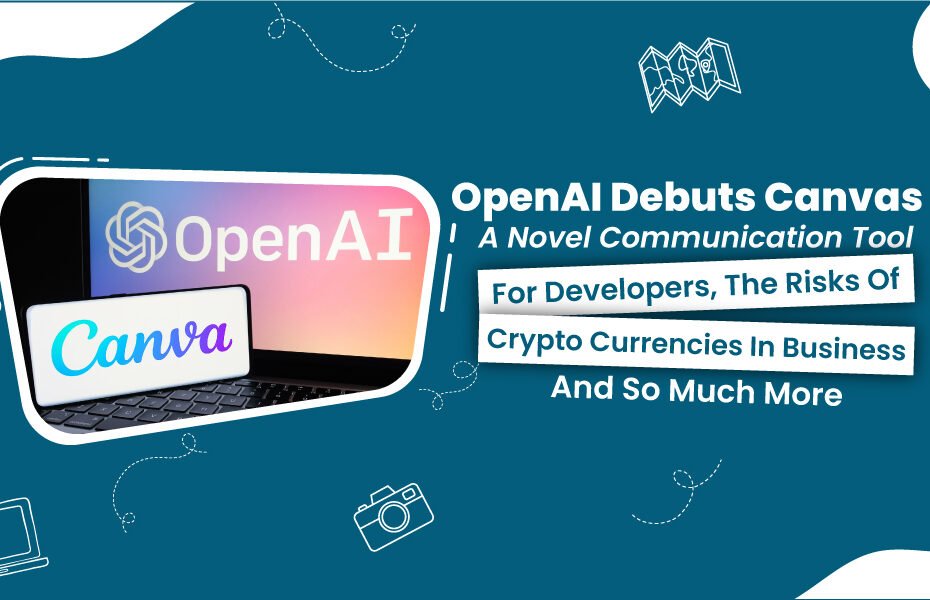To encourage developers to build applications using ChatGPT, OpenAI has also developed a developer user interface, dubbed ‘Canvas’, worth noting that this development was made due to the increasing use and dependability of Artificial Intelligence in most areas, especially in coding and coins. The big news comes just when people have started showing more interest than before in the AI field, most especially in programming and cryptocurrency incorporation.
What is Canvas?
Canvas is an interface that allows a user to use the ChatGPT tools and features more dynamically and visually. Instead of plain text input, Canvas permits users to integrate images such as charts and diagrams in the chat windows. This is particularly helpful for most coders who occasionally need to draw complex diagrams, for instance, for algorithms and other work processes. Canvas intends to promote understanding as well as teamwork in software development by using visual components.
Canvas is also intended for a range of programming languages and environments, therefore it can also be referred to as a coding engineer’s tool belt. Users can enter code segments, get feedback on them instantly, and even see results in real-time speeding up the work. The interface is also not only about writing code; it allows brainstorms to take place with the assistance of the interface so that all members are actively engaged in working together.
Target Audience and Use Cases
With Canvas, OpenAI has mostly focused on developers and tech fans because they understand many people want a solution to complex programming challenges that cannot be avoided. The attention of the developers is no longer on the development process alone but on more sophisticated enabling technologies.
As with the case for coders, there are also opportunities for Canvas to be used in education. Multi-dimensional education tools can be appropriately used by teachers to teach complex subjects, especially those that are likely to pose great challenges to students. Moreover, Canvas can be tapped by a firm’s start-up in product arousal and projects to ensure more effective working.
Risks Related to Crypto Markets and Assistance of AI
Though Canvas was designed to serve more for coding enhancement, Widen’s vision purpose goes beyond that to encompass addressing problems in a different area, one being the extremely volatile cryptocurrency market. The crypto market over time has been marked by the changing nature of prices, implementation of new rules, and evolution of technology. It has, therefore, created a need for the tools that enable the evaluation of risk/ reward scenarios to be built.
Queryable UI such as Canvas can help in reducing some of the risks. This will increase the proposer’s confidence because they know that unlike previously, when all the attention was based on the past or more on guesswork. Investment and trading decisions within the crypto space are backed up by analysis of data trends and models of the future application of the data. Users with such exposed capabilities can anticipate the rewards as well as the risks involved in their investments.
In the Future: The Evolution of AI in Software Development Processes and Economics
The introduction of Canvas is a new milestone for OpenAi towards the expansion of the scope of its technologies. As the age of Artificial Intelligence comes, the use of AI in the development of software and financial markets will undoubtedly be on a higher scale and many more resources will be provided and tools to enable creativity productivity. Software developers should expect more solutions aimed at increasing their productivity while investors in the cryptocurrency market can look forward to something much more sophisticated.
In publishing and graphic design, Lorem ipsum is a placeholder text commonly used to demonstrate the visual form of a document or a typeface without relying on meaningful content.
